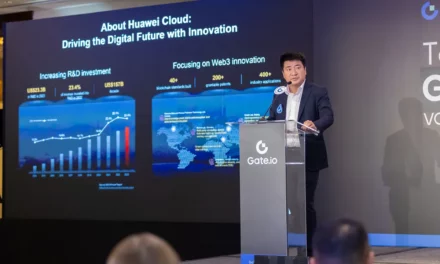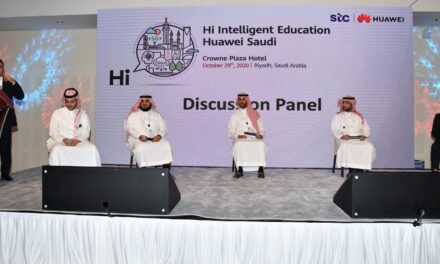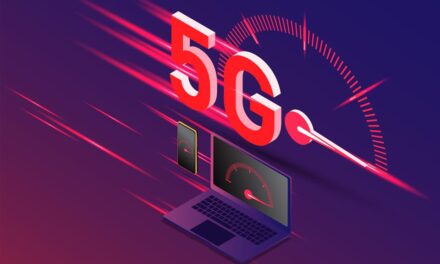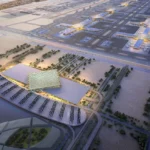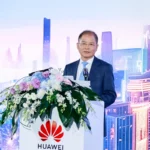
Huawei’s David Wang: UBB5.5G Maximizes Digital Productivity

At UBBF 2023, Huawei releases 10 Gbps City Initiative with partners UAE Telecommunications and Digital Government Regulatory Authority (TDRA), Omdia, etisalat by e&, MTN South Africa, and others, enabling new growth for digital economy.
[Dubai, UAE, October 25, 2023] At the 9th Ultra-Broadband Forum (UBBF 2023), David Wang, Huawei’s Executive Director of the Board and Chairman of the ICT Infrastructure Managing Board, delivered a keynote titled “UBB5.5G Maximizes Digital Productivity” on the ultra-broadband industry’s latest developments and best practices. During this keynote, he shared his viewpoints on the strategic direction that ultra-broadband (UBB) is currently moving in – upgrading networks, accelerating the widespread application of digital technologies, and maximizing digital productivity.
Deeper application of digital technologies in the real economy is driving increases in productivity. This so-called digital productivity is rapidly becoming a core engine of growth for the digital economy. Digital technologies, such as cloud, AI, 5G, and UBB, are also constantly evolving. They are now being seen in enterprises and homes through new digital services. This has made digital transformation faster for enterprises and is bringing better intelligent entertainment, life, and work to the masses. The adoption of these new services is also compounding advances in digital productivity.
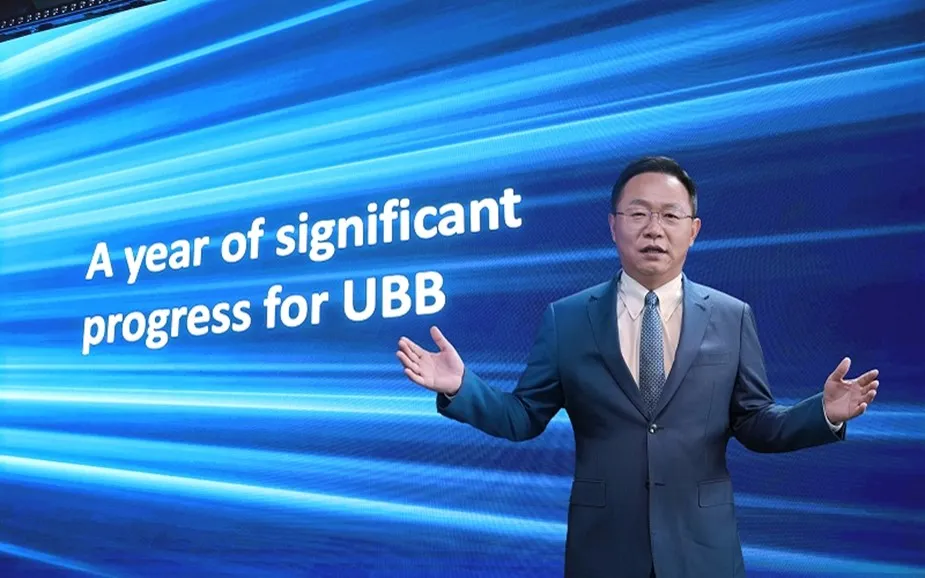
Wang said, “Originally, ultra-broadband networks were focused on delivering connectivity. Then, we shifted gears to pursue a better experience. In the 5.5G era, ultra-broadband will focus on further unleashing productivity of digital services, so that everyone can access digital services more easily and efficiently, regardless of where they are. Such next-generation digital infrastructure will provide ubiquitous 10-gigabit access, elastic ultra-broadband transport, and massive computing power supported by hyper-converged data centers. The rollout of this new generation of digital infrastructure will also enable faster development of the digital economy. Huawei will join hands with customers and industry partners to drive F5.5G and Net5.5G evolution as well as the entire ultra-broadband industry forward to maximize digital productivity.”
Maximizing digital productivity, Wang explained, will require overcoming three critical challenges. First, the industry will need to figure out how to support the massive computing power needed to provide digital services. Second, it will need to provide guaranteed connectivity services for massive numbers of concurrent users. Third, it will need to ensure ubiquitous access and high-quality experience for anyone, no matter where they are.
He went on to explain the upgrades productivity-centric ultra-broadband networks will require in the future.
Ubiquitous 10-gigabit access could be achieved by accelerating mobile broadband, home broadband, enterprise campus network, and enterprise private line service upgrade to 10 Gbps. This would enable ubiquitous 10-gigabit mobile broadband, provide whole-house seamless 10-gigabit home networks, upgrade 10-gigabit campus connectivity for organizations, and deliver elastic, high-throughput, 10-gigabit private line services. Thanks to these high-quality, 10-gigabit connections, digital services will benefit more people and organizations around the world.
Huawei Releases 10 Gbps City Initiative with Partners, Enabling New Growth for Digital Economy
At UBBF 2023, the 10 Gbps City Initiative was jointly released by the UAE Telecommunications and Digital Government Regulatory Authority (TDRA), Omdia, etisalat by e&, MTN South Africa, Huawei, and more. This initiative calls for the construction of fully connected 10 Gbps cities to provide ubiquitous network experience, accelerate the digital-intelligent transformation of industries, and boost digital productivity.
During keynote speech, speakers shared their advanced concepts involved in implementing 10 Gbps City. Eng. Saif Bin Ghelaita, Executive Director for Technology Development Affairs of the TDRA, pointed out that governments should play a leading role in the construction of ultra-broadband infrastructure to ensure inclusive and universal digital services and bridge digital divides in the intelligent world. Local governments and regulators can accelerate the formulation of supportive policies for 10 Gbps City pilots.
Richard Mahony, Vice President of Omdia, noted that 10 Gbps City is a new type of infrastructure critical to implementing national digital strategies and boosting the digital economy. The construction of 10 Gbps cities involves delivering 10 Gbps to individuals, 10 Gbps to homes, 10 Gbps to enterprises, and 10 Gbps to campuses. It also involves 400GE/800GE converged transport networks and AI DCNs related to the preceding four 10 Gbps access scenarios.
Many cities around the world have released their 2030-oriented digital economy strategies. Cities such as Beijing, Shanghai, Hangzhou, and Riyadh are actively exploring ways to implement 10 Gbps City and 10 Gbps Society to unleash the new momentum of the digital economy.




